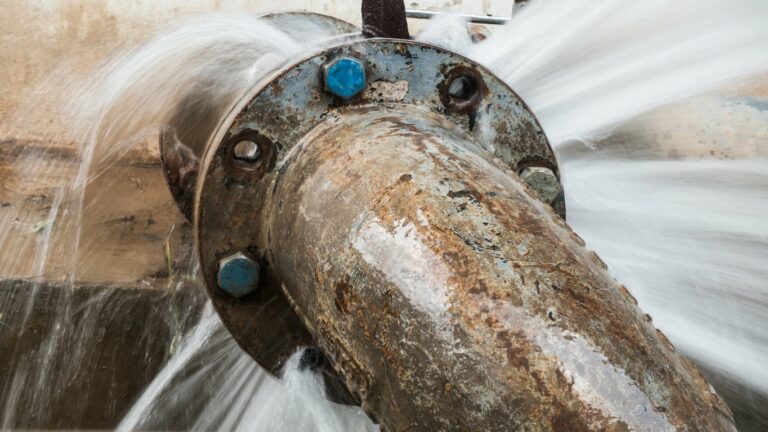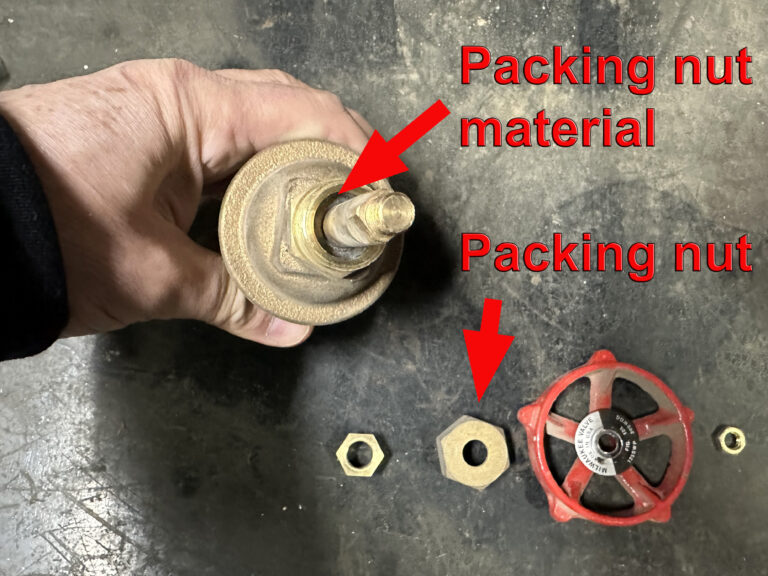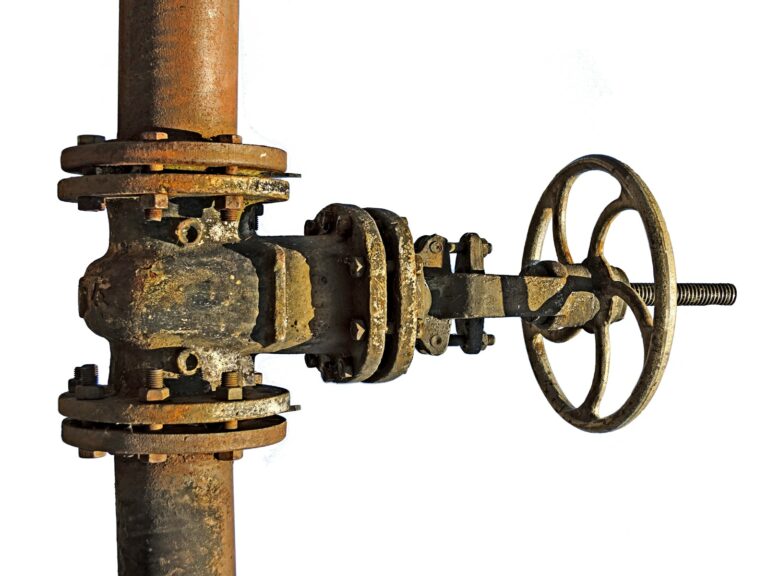In the vast majority of cases NYC water service line replacements can easily be installed below the frost line and in excess of 3 1/2′ deep. However in some instances such issues as utility obstructions, underground subway lines, or a shallow public sewer prevent proper depth for an installation. In these special cases careful steps must be taken to meet code requirements and provide a professional and long-lasting water main installation. Doing this will also prevent a shallow water service line from freezing.
The NYC DEP code for depth of a water service line
The minimum depth for a water service line in New York City is 3 1/2′ as per DEP code for water service lines. Interestingly the maximum allowable depth is 5′ deep unless authorization is given by the DEP inspection division. Yet another issue is that code dictates that a water service line be a minimum of 1′ away from other underground utility lines. One of the issues with a service touching another utility is the possibility of electrolysis which occurs when unlike metals stay in contact with each-other – As an example this can occur when a copper main is in touch with a cast iron gas main.
The frost level in NYC and other important factors
In the coldest of New York City winters the frost level will only reach 3′ deep. Typically the frost level does not approach that depth – But note that different soil types containing different moisture levels freeze to different depths. If an underground water line does freeze it is most difficult and frequently quite expensive to defrost it. In many cases a frozen line cannot be defrosted and a property owner is left with making a decision on whether to wait for the whether to warm up and the line to thaw out, or to completely replace the water line.
Another interesting issue that can arise is when a water main is very close to or touching a gas main during the winter. There have been instances where the gas main generates extreme cold, and even though buried at the proper depth a water main will freeze solid. This is another good reason to keep ample separation or use insulation between water and gas service or main lines.
Steps to prevent a shallow water service line from freezing
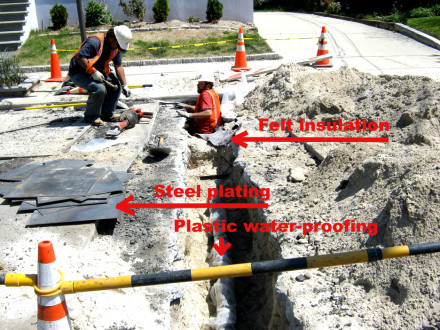
When a water line is installed less than 3 1/2′ deep there are three parts to a successful installation that will be to code and be long-lasting. If any one of these steps is left out the integrity of the installation may be compromised and also may not be to DEP code requirements.
-
Hair felt insulation
Specific insulation is required for underground conditions. If the wrong insulation is used such as typical fiberglass household insulation it will compress and lose it’s insulating properties. Hair felt insulation is designed to withstand ground conditions and be long-lasting – It is much more expensive than other forms of insulation.
-
Plastic protection
If insulation is placed around an installation but not protected moisture and other factors will wear it out and make it disintegrate. Protective plastic carefully placed around the proper insulating material ensures that the line will be protected from freezing for many years.
-
Steel plating
Shallow utility lines of any sort are more subject to being disrupted by jackhammer work, excavation work, and vibration from every-day vehicular traffic. Steel plating braced on either side by solid masonry blocks will protect a service line form being disrupted by excavation work, or broken by future use of a jackhammer. In addition steel plating disperses the affects of vibration caused by traffic.
-
Proper separation between utility lines
As stated previously, even is at the proper depth a water line can freeze is installed too closely to a gas main or if not properly protected. Unless field conditions prevent it there should be at least a 1′ separation between different utility service lines of main lines. If this is not possible is is a good idea to place insulation between the two lines. Under no circumstances should two different service lines or mains be in actual contact with each-other.
What is hair-felt insulation?
-courtesy of refrigers.com
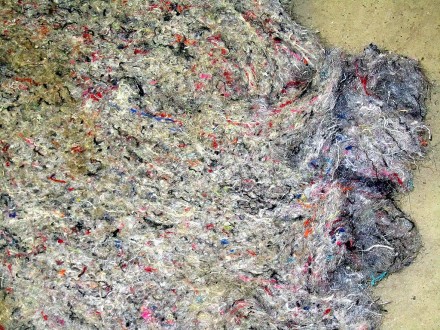
Hair-felt insulation is usually made from pure cattle hair that has been especially prepared and cleaned. It is a very good insulator against heat, having a low thermal conductivity. If more than one thickness of hair felt is desired, it should be built up in layers.
The important point to remember is that this type of insulation must be carefully sealed against any air or moisture infiltration, and even then difficulties may occur after it has been installed. At any point where air infiltration (or “breathing,” as it is called) is permitted to occur, condensation will start and travel great distances along the pipe, even undermining the insulation that is properly sealed.
There are several other types of pipe insulation available, but they are not used extensively. These include various types of wrapped and felt insulation. Whatever insulation is used, it should be critically examined to see whether it will provide the protection and permanency required of it; otherwise, it should never be considered.




